Rules

Back in 2003 when T20 cricket was first played, nobody knew what to expect from it. It was not like a Test match or a One-Day International. It came to be known as the slam-bang version of the game. And this slam-bang version of the game had slightly different rules. Unlike in Test cricket […]
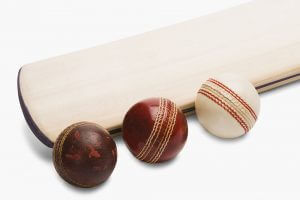
There are many deliveries in cricket that a batsman may find hard to deal with. A bouncer figures among such deliveries, as does an in-swinging ball or a googly that a batsman may not be able to read. However, there’s one ball most batsmen usually struggle to negotiate. That’s a yorker! What Is a […]

In cricket, as the current Laws specify, an over is defined as a set of six legitimate balls delivered by a bowler. A no-ball or a wide delivered by a bowler is considered illegitimate and is not considered in the six-ball count of an over with the bowler obliged to bowl another delivery instead. In […]
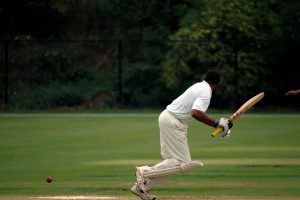
It is a terrible experience for a batsman to get out without scoring a single run in an innings aka scoring a duck. Not only does the batsman not get another chance to bat in the innings but it also feels terribly embarrassed to not having added even a single run to the team’s […]

Test cricket is the oldest format in the history of the game. It was 15 March 1877 that a Test cricket event first took place. Australia and England played the first-ever Test match at the Melbourne Cricket Ground (MCG). Today, more than 143 years since the first-ever Test match, we would like to take […]

Fielding restrictions have existed in cricket since the 1996 World Cup. The ICC introduced the term “powerplay” only in 2005. The rationale for fielding restrictions was based on motivating batsmen to score more runs. It can be noticed that ODI batting teams have been making more runs on average since 1996 than in the period […]

VJD and DLS are statistical methods that have been introduced to aid calculation of a revised target to be chased by a team batting second in a rain-curtailed limited overs cricket match. VJD vs DLS: History and Use In this article, we look at how these two methods were invented and how useful they have […]

Rain plays a big part in cricket, especially in its shorter formats. Hence, the Duckworth-Lewis (D/L) method comes to the fore every time the rain comes into the picture in ODI or T20 games in order to calculate the targets in case of shortened games. The Duckworth-Lewis or the D/L method as it is […]

Tennis ball cricket as its name implies is simply cricket played with a soft ball as opposed to a leather ball. Tennis ball cricket was an innovation that originated in the Indian subcontinent and was driven by necessity. Unlike a game of football, formal cricket requires a lot of expensive equipment. Followers of the […]

Cricket has been played for more than a century and it has developed several variations over the years with different formats making it to international cricket. A rather popular form of cricket trending these days is box cricket or indoor cricket. A concept that borrows several aspects and rules from the original game, box cricket […]
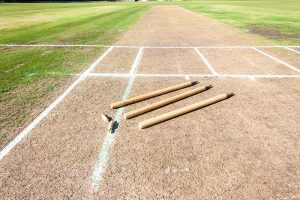
What is a No-Ball? A no-ball is an illegitimate delivery in cricket. The ball will have to be delivered again in order to have a complete over of six legitimate deliveries. When a no-ball is delivered, the bowling team is penalised with one run in international matches and two runs in some non-international games. […]
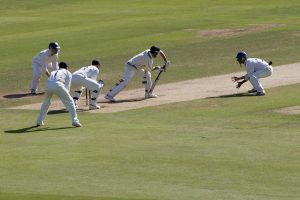
Cricket is a batsman’s game. Audiences at cricket matches most of all love seeing high-scoring matches in which teams try to chase down huge targets. Powerplay rules were introduced to encourage batting teams to score more runs, knowing that many fielders were required to remain inside a thirty-yard circle. Thus, a ball hit over […]

A formal game of cricket played by the MCC rules requires a large playing area, in addition to a hard ball, protective equipment and so on. Undoubtedly, not everyone can afford to play cricket meeting all these requirements. However, fans who follow the game would love to play it themselves. Very often the only […]

In England, matches between county cricket teams have been organised since the early 18th century. From the late 19th century, two competitions have been organised at two levels: the County Championship first-class tournament among 18 county clubs, 17 of which are from England and one is Welsh; as well as the Minor Counties Championship […]
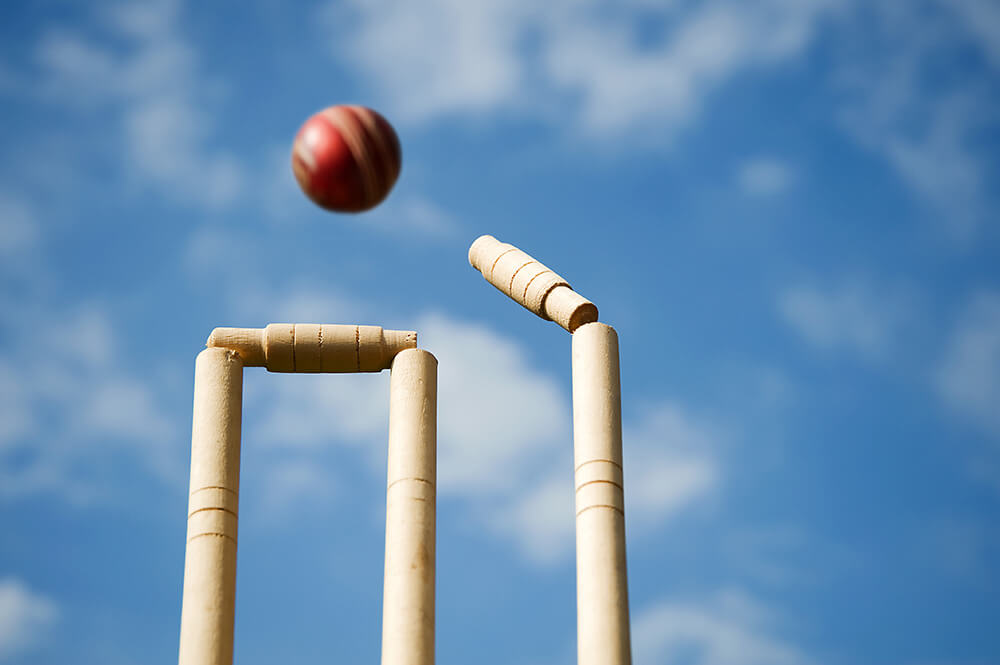
The subject of captaincy in cricket is akin to a management lesson. If you can lead a cricket team successfully, then you will probably be able to lead people in almost any circumstances in life. Captaincy and leadership in cricket are all about managing people and getting the best out of them on the […]